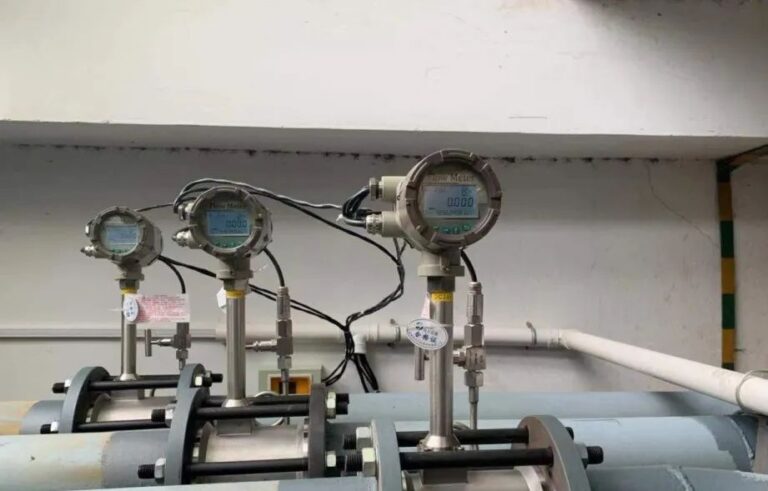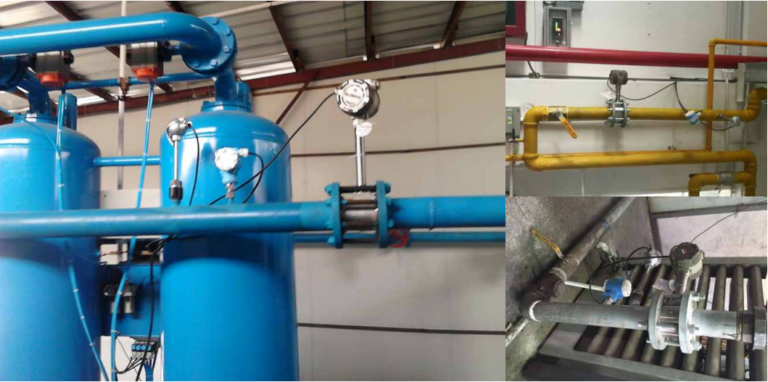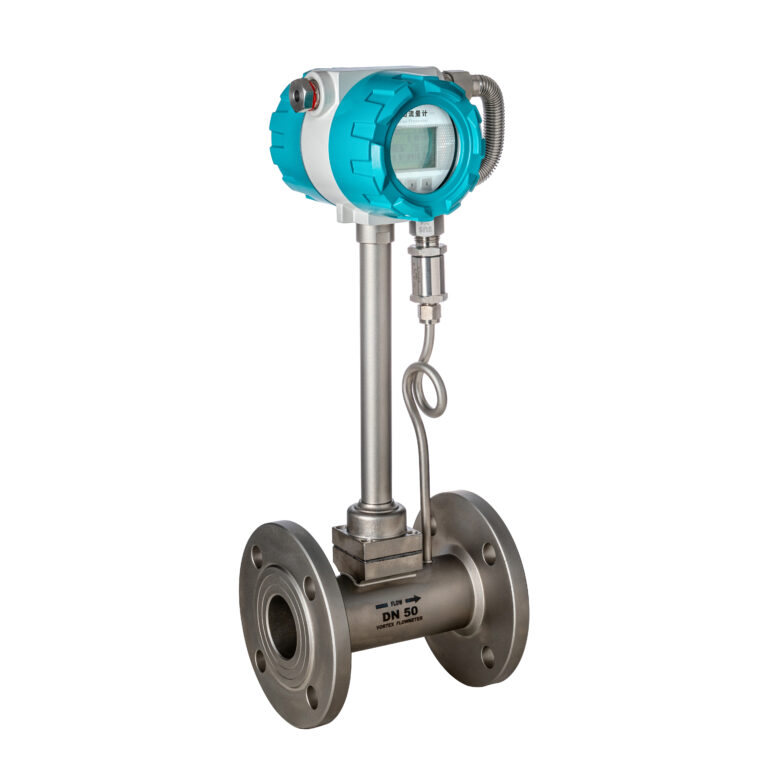The calibration of vortex flow meters is a critical process that ensures their accuracy and reliability in measuring the flow of liquids, gases, and steam. An essential aspect of this process is the selection and management of the calibration fluid. The fluid used in calibration must meet specific requirements to ensure that the results are accurate, repeatable, and representative of real-world operating conditions. This article outlines the key requirements for calibration fluids used in vortex flow meter verification.
Importance of Calibration Fluids
Calibration fluids serve as the medium for verifying the performance of vortex flow meters. Their properties, such as density, viscosity, and temperature, directly influence the meter’s readings. Therefore, the selection of appropriate fluids and their control during calibration are vital for achieving accurate and consistent results.
Key Requirements for Calibration Fluids
1. Fluid Type
The type of calibration fluid must align with the operational specifications of the vortex flow meter. Common fluid types include:
Liquids: Water is the most frequently used liquid for calibration due to its stable properties and wide availability. Other liquids may be used depending on the application, such as oils or specific process liquids.
Gases: Air and nitrogen are the most common gases for calibration. Specialty gases may be required for meters designed for specific industrial applications.
Steam: For applications involving steam measurement, calibration must use steam to simulate real-world conditions accurately.

2. Physical Properties
The physical properties of the calibration fluid must be carefully controlled to match the flow meter’s operational environment. Key parameters include:
Density: The density of the fluid should be consistent with the expected range during actual operation. Variations can affect the accuracy of the meter.
Viscosity: The fluid’s viscosity impacts the vortex shedding process. It must fall within the specified range for the flow meter.
Temperature and Pressure: Calibration fluids must be maintained at temperatures and pressures representative of the flow meter’s operating conditions to ensure accurate results.
3. Purity and Cleanliness
Impurities or contaminants in the calibration fluid can interfere with the accuracy of the vortex flow meter. To avoid this:
Filtered Fluids: Use fluids that are filtered to remove particulates or debris.
No Chemical Additives: Ensure that the fluid is free from chemicals or additives that might alter its physical properties.
Consistent Quality: The fluid’s composition should remain consistent throughout the calibration process.
4. Stability
The calibration fluid must exhibit stability during the entire verification process. This includes:
Thermal Stability: The fluid’s properties should not change significantly with temperature variations.
Pressure Stability: For gases and steam, pressure fluctuations must be minimized to ensure consistent calibration conditions.

5. Compatibility with Calibration Equipment
The calibration fluid must be compatible with both the vortex flow meter and the calibration equipment. Considerations include:
Material Compatibility: Ensure that the fluid does not corrode or damage the flow meter’s components.
System Design: The calibration system must be designed to handle the selected fluid effectively, including pumps, piping, and temperature control systems.
Recommended Practices for Managing Calibration Fluids
To ensure the accuracy and reliability of the calibration process, the following best practices should be observed:
Regular Monitoring: Continuously monitor the properties of the calibration fluid, such as density and viscosity, during the process.
Periodic Replacement: Replace calibration fluids periodically to prevent contamination or degradation.
Pre-Conditioning: Pre-condition the fluid to the required temperature and pressure before starting calibration.
Documentation: Record all relevant details about the calibration fluid, including its type, properties, and condition, for traceability and compliance.
Standards and Compliance
Calibration fluids used in vortex flow meter verification must meet applicable industry standards and guidelines. Common references include:
ISO 5167: Provides guidelines for flow measurement using differential pressure devices.
API Standards: Relevant in industries such as oil and gas for flow measurement accuracy.
Manufacturer Specifications: Follow specific recommendations from the flow meter manufacturer for calibration fluids.

Conclusion
The proper selection and management of calibration fluids are essential for the accurate verification of vortex flow meters. By ensuring that the fluid’s type, properties, and stability align with operational requirements, organizations can achieve reliable and consistent calibration results. Adhering to best practices and industry standards further enhances the effectiveness of the calibration process, ensuring the optimal performance of vortex flow meters in industrial applications.
